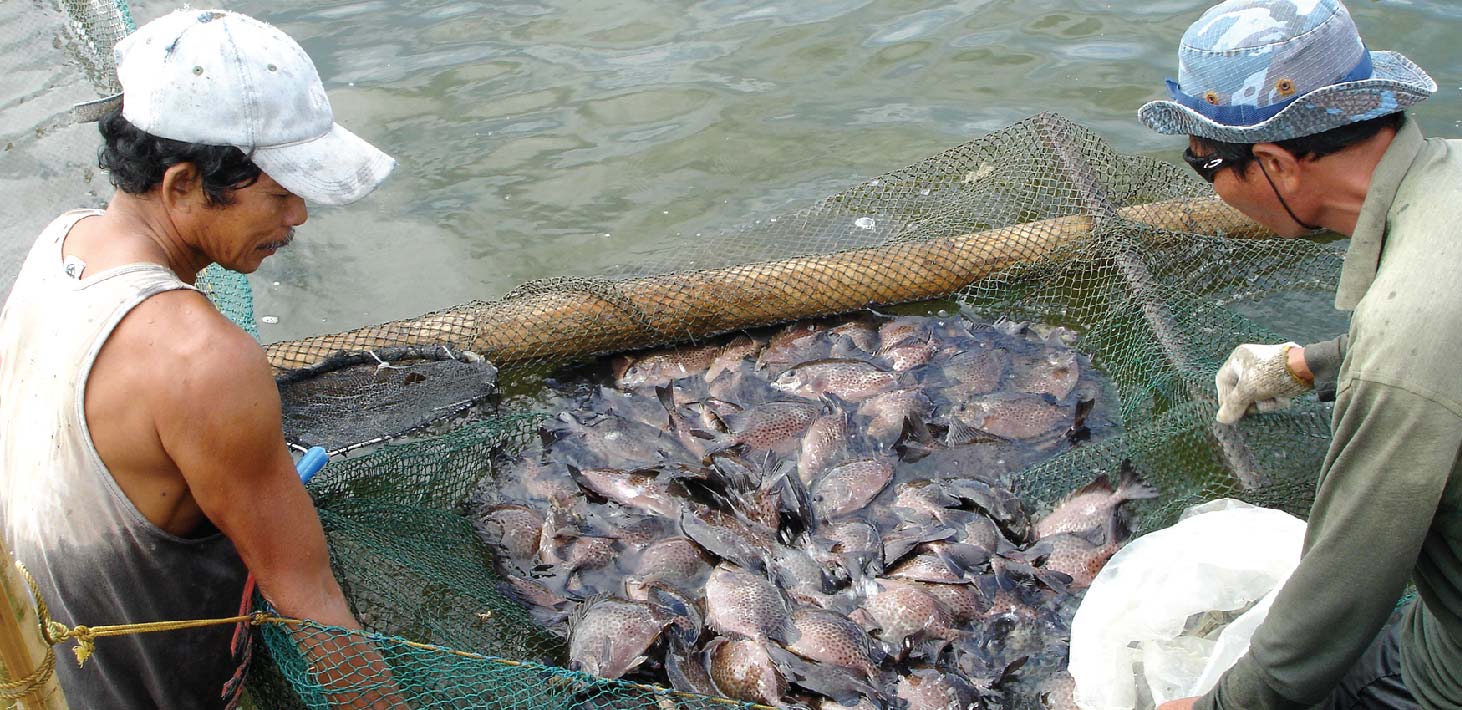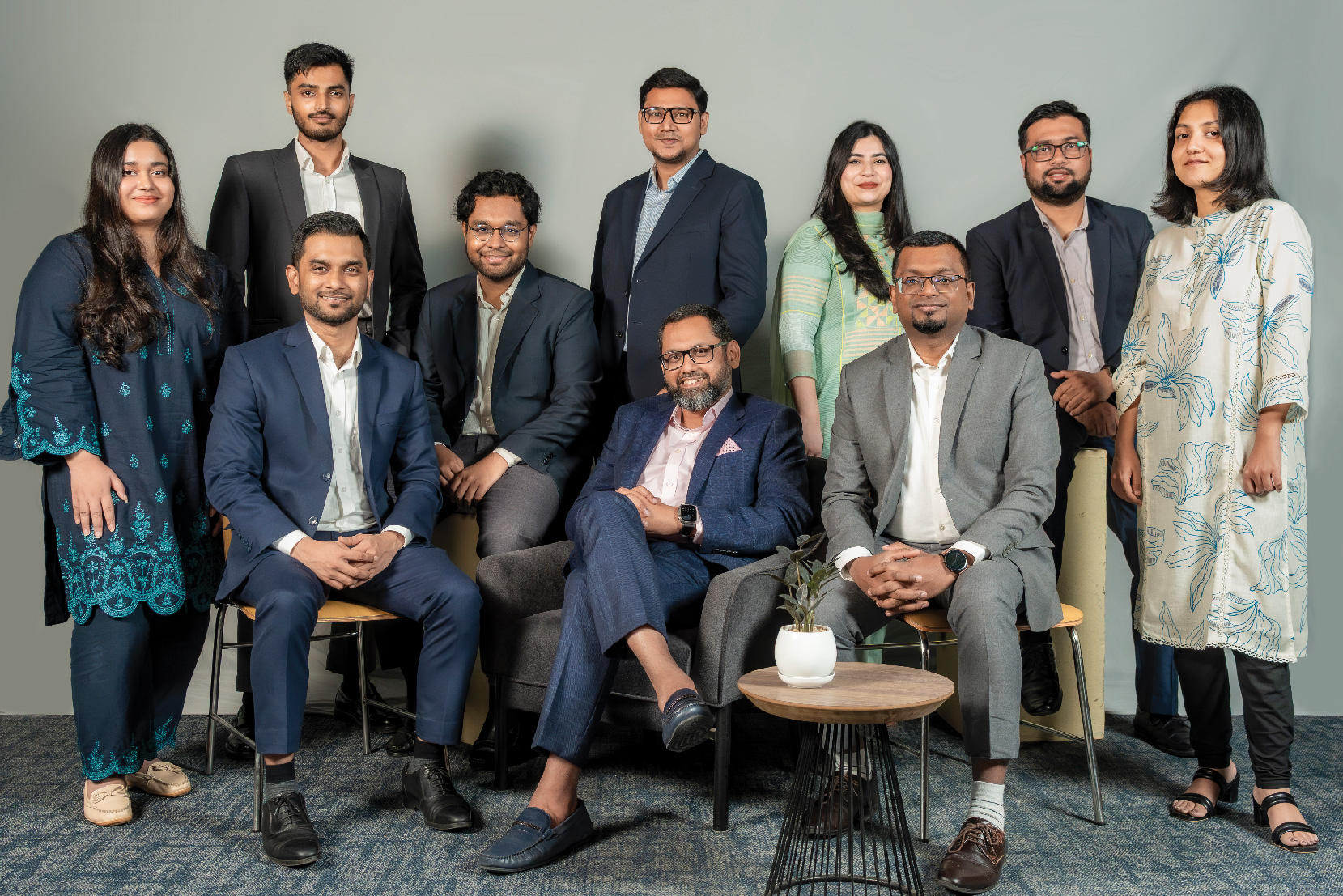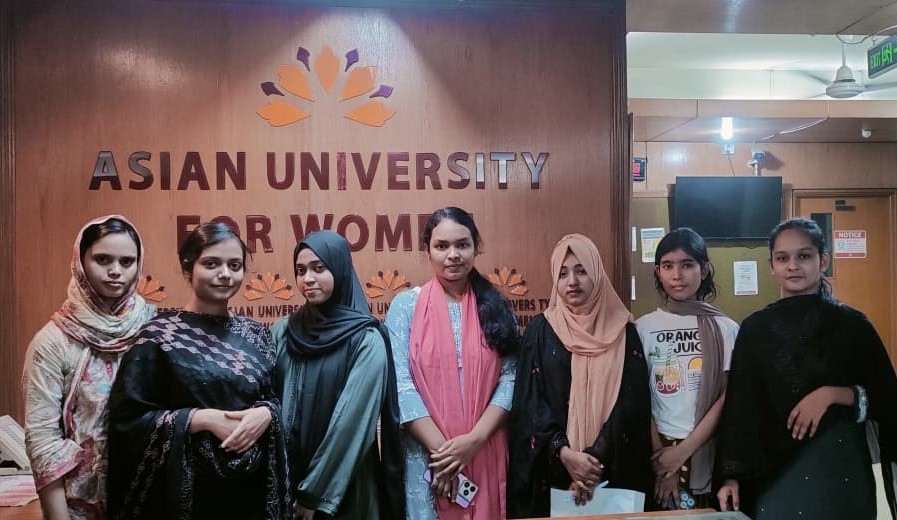Mud crab farming expanding business potential in coastal regions
Since there is a growing demand in the global market, the mud crab farming has been expanding fast as an industry in the coastal districts of Bangladesh for years. Hence, its export is contributing a significant amount in annual foreign currency income, benefiting the farmers as well as those living to collect this natural breed from the sea coastline, reports BSS. Considering the higher productivity, mud crab seeds are produced through induced breeding and larval rearing in the hatchery, which has developed in countries like Philippines, Thailand, China, Japan, and Australia, but not applied yet in Bangladesh.
With emphasis on higher production of crab for export, Erik H J Keus, chief of Party of USAID-Agriculture for Income and Nutrition (AIN) project said, ‘Availability of crab seed from a hatchery will reduce pressure on the natural crab of the Sundarbans and will increase availability of crab seed for grow out, leading to higher production without interruptions due to shortage of seed’.
To introduce the hatchery production technology of mud crab in Bangladesh, a breeding trial was jointly conducted by Bangladesh Fisheries Research Institute (BFRI) and the USAID-AIN. In this context, Chief Scientific Officer of BFRI Dr Enamul Haque said, ‘When the joint efforts of Marine Fisheries and Technology Station (MFTS), BFRI and WorldFish succeeded in producing crablets for the first time in Bangladesh, the government already took steps for developing crab fishery in the country.’
He said such steps would greatly help commercial production of crab in the coastal areas and a project to this effect would be implemented by the Department of Fisheries (DoF) and BFRI in greater Khulna and Cox’s Bazar regions. The current crab sector is dependent upon wild-caught crablets from the Sundarbans, which is unsustainable. In this context, WorldFish consultant, Aung Sein termed Bangladesh as well suited for crab production and stressed for a profitable crab hatchery sector for the future of crab culture in the country.
As this is the first attempt, more breeding and larval rearing of mud crab need to be carried out to find out the ideal larval rearing parameters for mud crab seed production with crab hatchery technology, he said. Mud crab culture is already a significant industry for poor coastal communities. A range of relatively low cost interventions can be introduced to grow the industry including a better programme of crab conservation in the Sundarbans, improved husbandry of crab seed through nursery systems and improved grow-out practices including use of commercial feed.
According to local and foreign experts, Bangladesh has also the potential to supply live and soft shells side by side with crabs to the global markets. Therefore, establishment of crab hatchery with help from the government, NGOs or donors to ensure continuous supply of crablets to stock in the natural waters would help reduce pressure of wild catch to maintain biodiversity. The AIN project, being implemented by the WorldFish since November last year, is an initiative successfully producing crab seed up to crablets size for the first time in Bangladesh.
The mud crab breeding trial has been conducted in collaboration between the USAID-AIN project and the Bangladesh Fisheries Research Institute (BFRI) in Cox’s Bazar. WorldFish pursues sustainable aquaculture research through the CGIAR Research Programs (CRP) on Aquatic Agricultural Systems (AAS) seeking to better harness agriculture by helping to build adaptive capacity and resilience in the face of social, economic and environmental changes.
Keeping this in mind, the USAID-AIN project is helping to increase aquaculture productivity in Bangladesh by developing technologies and improving resource management. Very recently, the project officials started works on increasing sustainability of mud crab farming, which now involves fattening of small wild-caught mud crabs by feeding trash fish. To produce seed in a hatchery and make the mud crab farming more sustainable, berried female crabs were collected from the mangrove areas in Cox’s Bazar. Five brood crabs were reared in the BFRI campus with induced spawning. After hatching, a total of 1.9 million larvae (zoea-1) were obtained from a single brood crab.















